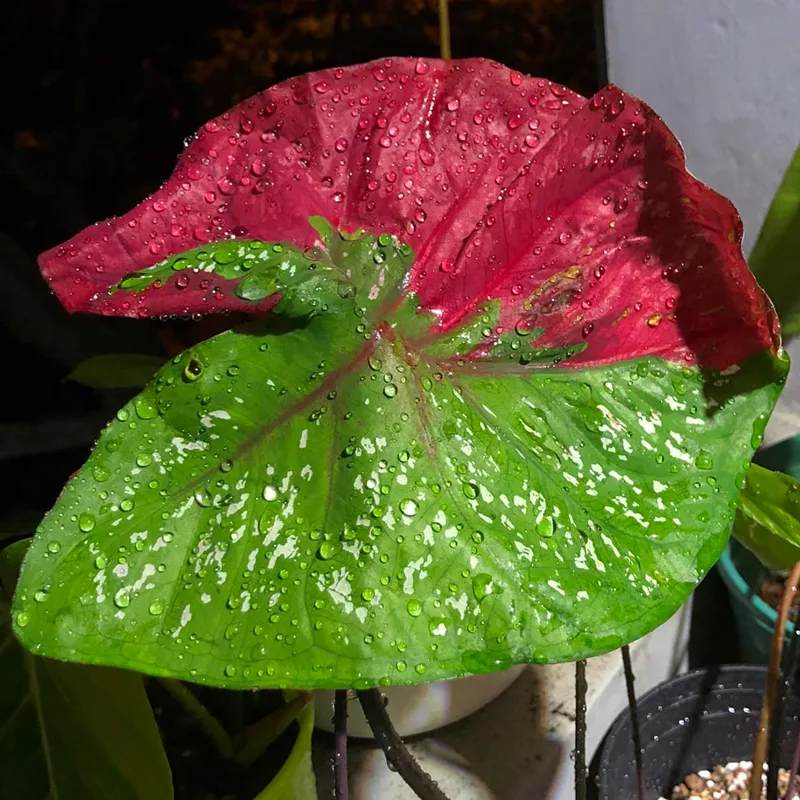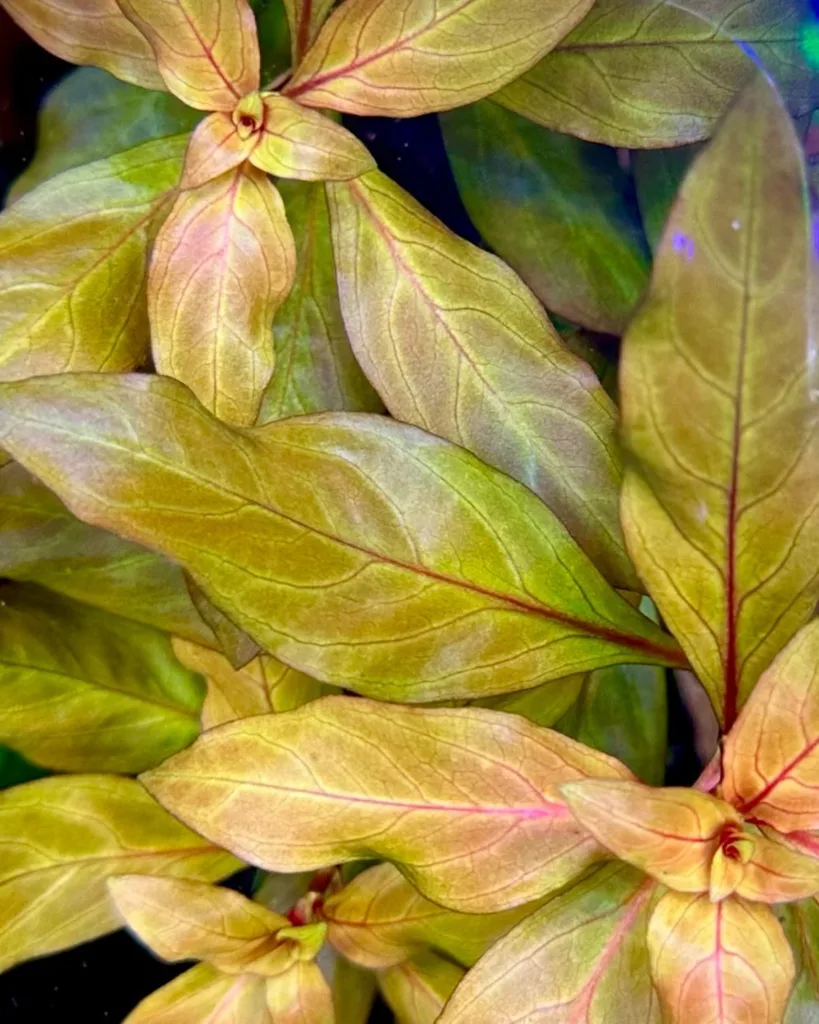The bane of my existence: Ambrosia Artemisiifolia
As someone who suffers from seasonal allergies, there’s one plant I dread more than most: Ambrosia artemisiifolia, also known as common ragweed. This seemingly innocuous weed is responsible for unleashing a torrent of sniffles, sneezes, and itchy eyes every year. But beyond the personal misery it inflicts, there’s a lot to learn about this pervasive plant. So, let’s delve into the world of Ambrosia artemisiifolia.
49 Species in Genus Ambrosia
What is Ambrosia Artemisiifolia?
Ambrosia artemisiifolia is a summer annual weed that belongs to the Asteraceae family, the same family as daisies and sunflowers. This might lead you to believe it’s a harmless wildflower, but don’t be fooled. Common ragweed is a prolific spreader, easily taking root in disturbed soil and growing up to 2.3 feet tall. Its leaves are pinnately divided and covered in fine hairs, and while the plant itself might not be visually offensive, the trouble comes when it flowers.
The Stealthy Culprit Behind Hayfever
Unlike many flowering plants that attract pollinators with colorful petals, ragweed takes a different approach. It produces inconspicuous wind-pollinated flowers that release a massive amount of pollen. This pollen is the real enemy for allergy sufferers like myself. Inhaled ragweed pollen triggers a response in the immune system, leading to the classic symptoms of hayfever – itchy eyes, runny nose, and sneezing.
The worst part? Ragweed pollen can travel for miles on the wind, making it nearly impossible to escape its grasp during peak season. In my garden, ragweed season typically coincides with the end of summer, so I spend those months stocking up on tissues and allergy medication.
Can Ambrosia Artemisiifolia Self-Pollinate?
The answer is yes, Ambrosia artemisiifolia can self-pollinate. While it primarily relies on wind for pollen dispersal, the plant also has small, inconspicuous flowers that can self-pollinate if necessary. This ensures the plant’s reproductive success even in areas with low pollinator populations. Unfortunately, for allergy sufferers, this self-pollination ability means ragweed can be a persistent problem.
Is There Any Use for Ambrosia Artemisiifolia?
Despite its reputation as a nuisance weed, there might be a silver lining. Some research suggests that parts of the ragweed plant may have medicinal properties. Studies have shown potential anti-inflammatory and anti-cancerous effects. However, it’s important to note that this research is still in its early stages, and more studies are needed to confirm these potential benefits. Additionally, self-treating with ragweed is not recommended, as it can worsen allergies.
Dealing with the Dreaded Ragweed
If you, like me, suffer from ragweed allergies, there are steps you can take to minimize your misery. Monitoring ragweed pollen counts and staying indoors when they’re high is a good first step. Consulting with a doctor and taking allergy medication can also significantly alleviate symptoms.
In addition to managing personal allergies, there are ways to control ragweed populations. Since ragweed spreads primarily through seeds, preventing the plant from flowering is key. This can be achieved by manually pulling up ragweed plants before they flower, but be sure to wear gloves to avoid skin irritation from the plant’s hairs. For larger areas, herbicides can be used, but always follow the instructions carefully and prioritize eco-friendly options.
Conclusion
Ambrosia artemisiifolia, the common ragweed, might be a foe for allergy sufferers, but understanding its biology and taking preventative measures can help us win the battle against seasonal sniffles. While there’s potential for the plant to have medicinal uses, for now, I’ll focus on keeping this unwelcome guest at bay.
If i die, water my plants!


